News
-

Essential Optical Equipments for Fiber Optic Networks
{ display: none; }What Optical Equipments are Needed for a Fiber Optic Network? A fiber optic network relies on a complete set of optical equipment to transmit data at high speed, long distance, and with minimal signal loss. From central office transmission devices to last-mile user access comp...Read more -
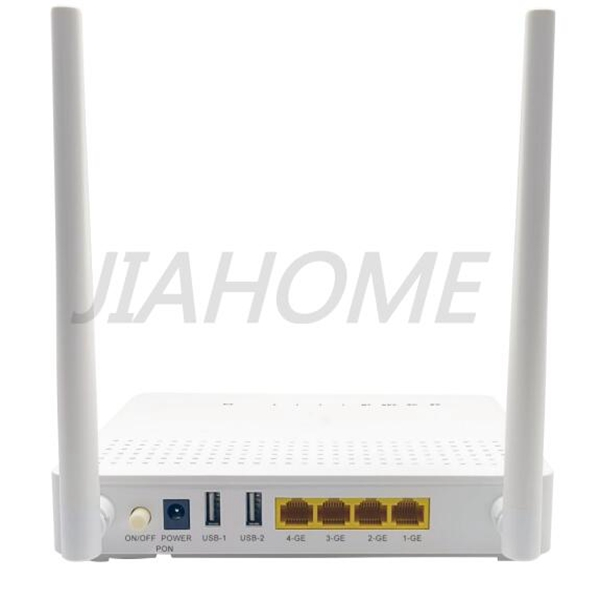
GPON vs EPON: What Is GPON & EPON Technology?
GPON vs EPON: What Is GPON & EPON Technology? Gigabit Passive Optical Network (GPON) and Ethernet Passive Optical Network (EPON) are the two most widely deployed PON technologies used in modern fiber access networks. Both enable high-speed broadband, voice, and video services over a passive ...Read more -
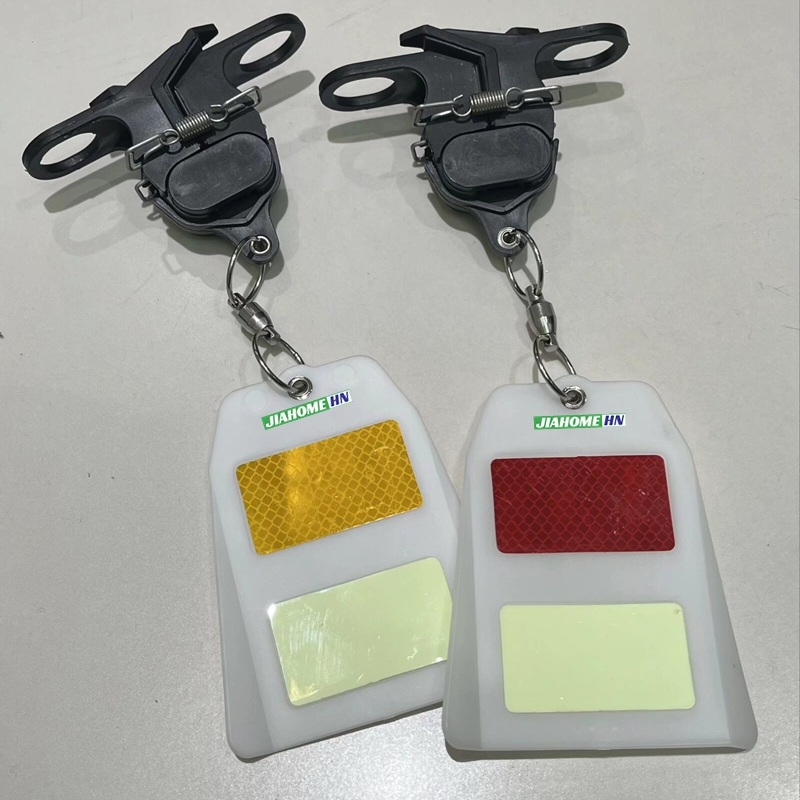
Bird Diverters for Preventing Bird Collisions on Power Lines
Bird Diverters on Power Lines Bird diverters are highly effective line-marking devices designed to reduce bird collisions with overhead power lines and transmission cables. As global awareness of wildlife protection and grid safety increases, utilities and transmission operators are increasingly ...Read more -

Fiber Optic Dead End Clamp for Reliable FTTH & Aerial Networks
What Is a Fiber Optic Dead End Clamp? A Fiber Optic Dead End Clamp secures the end of an aerial fiber cable by providing strong mechanical anchoring without damaging the cable sheath. Fiber optic dead end clamps—also known as optical cable anchoring clamps, ADSS dead-end clamps, or FTTH drop wire...Read more -
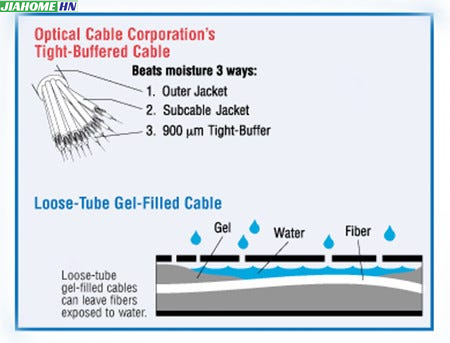
How Optical Fiber Cables Prevent Longitudinal Moisture Propagation?
How Optical Fiber Cables Prevent Longitudinal Moisture Propagation Optical fiber cables are highly sensitive to moisture. Once water enters a cable—whether from a damaged sheath, rodent bite, mechanical stress, or manufacturing defect—it can migrate longitudinally along the cable and reach the op...Read more -
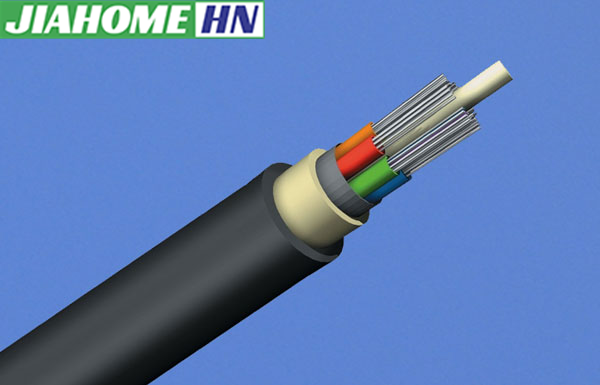
Indoor/Outdoor/Direct Burial/Aerial: Optical Fiber Cable Selection
Choosing the right optical fiber cable type is essential for achieving long-term network reliability, stable signal transmission, and cost-effective installation. Different environments—indoor wiring, outdoor trenching, direct burial underground, and aerial installations—require fiber cables with...Read more -
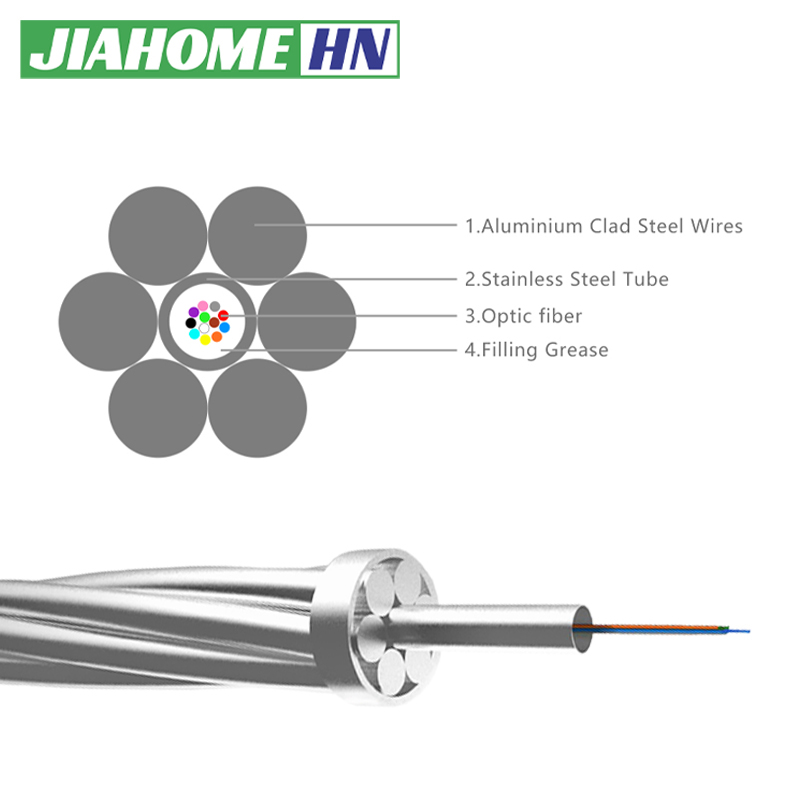
Aluminum-Clad Steel OPGW vs Stainless Steel Tube OPGW
Aluminum-clad steel wire OPGW and stainless steel tubular OPGW differ in structural materials, corrosion resistance, mechanical properties, outer diameter/weight, lightning and short-circuit capacity, etc. Generally, aluminum-clad steel wire OPGW focuses on reducing cost, decreasing outer diamete...Read more -
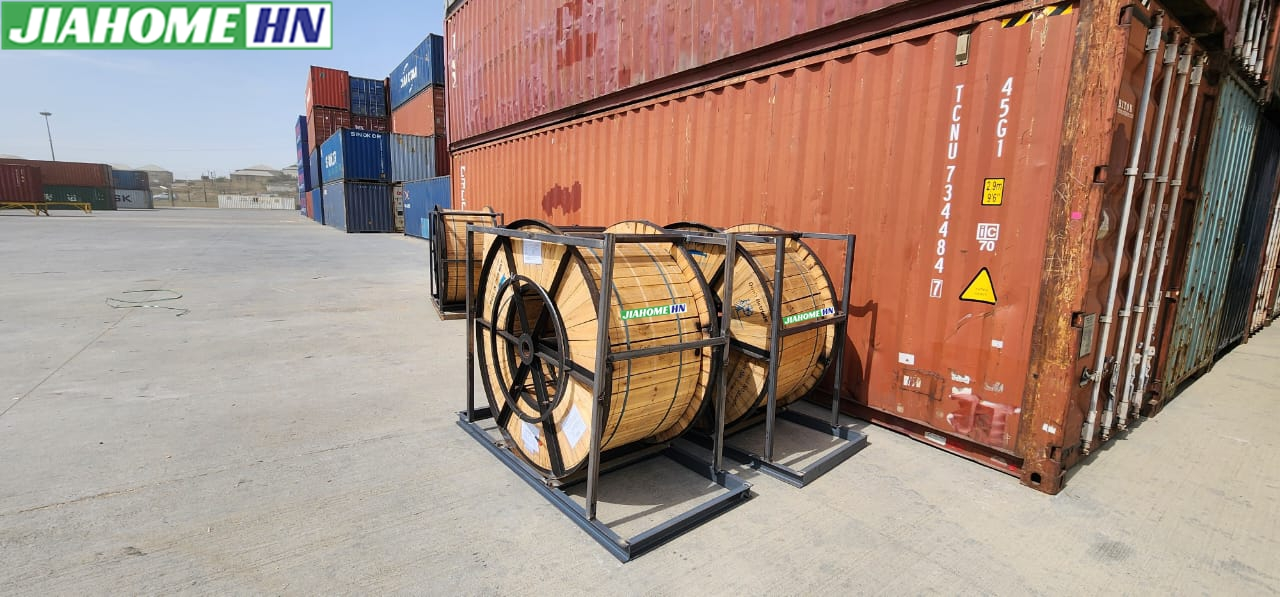
What Should Be Noted for Railway Transportation of OPGW?
OPGW Cable Transportation Guide by Railway: OPGW (Optical Ground Wire) cables are precision-engineered products that combine both optical fiber communication and grounding protection functions. Due to their dual-purpose design and high value, proper handling and transportation are crucial to prev...Read more -
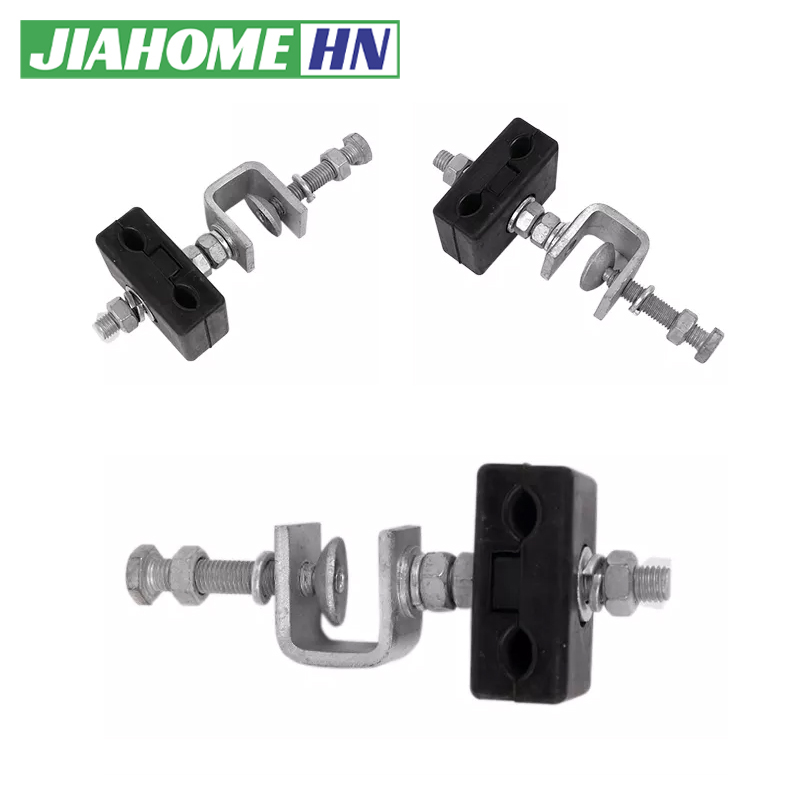
What Is A Downlead Clamp?
What Is the Definition and Purpose of Downlead Clamp? A downlead clamp is a specialized cable fitting designed to securely fix and guide optical cables, such as OPGW (Optical Ground Wire) and ADSS (All-Dielectric Self-Supporting) cables, from the top of a transmission tower down to ground-level e...Read more -
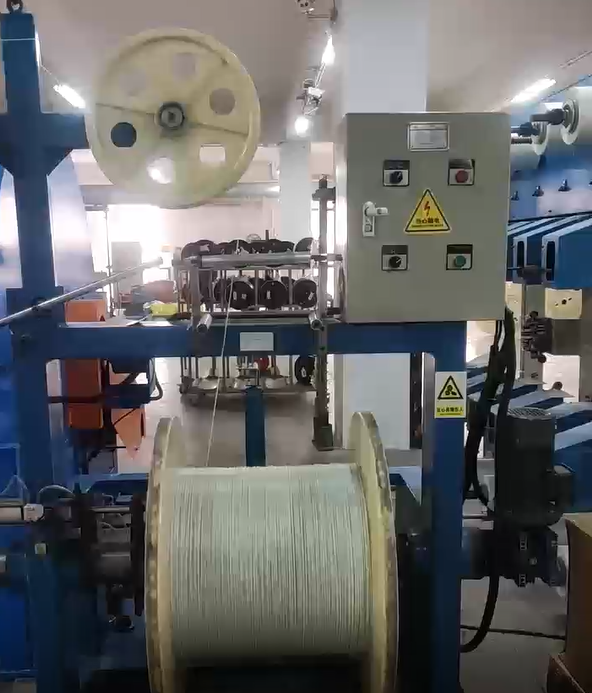
What Are The Optical Cable Inspection Steps?
I. Incoming Acceptance Inspection Upon arrival of optical cables at the construction site or warehouse, the following inspections shall be conducted to ensure compliance with contract and standard requirements. Packaging and Labeling Inspection Check if the outer packaging is intact, without dam...Read more -
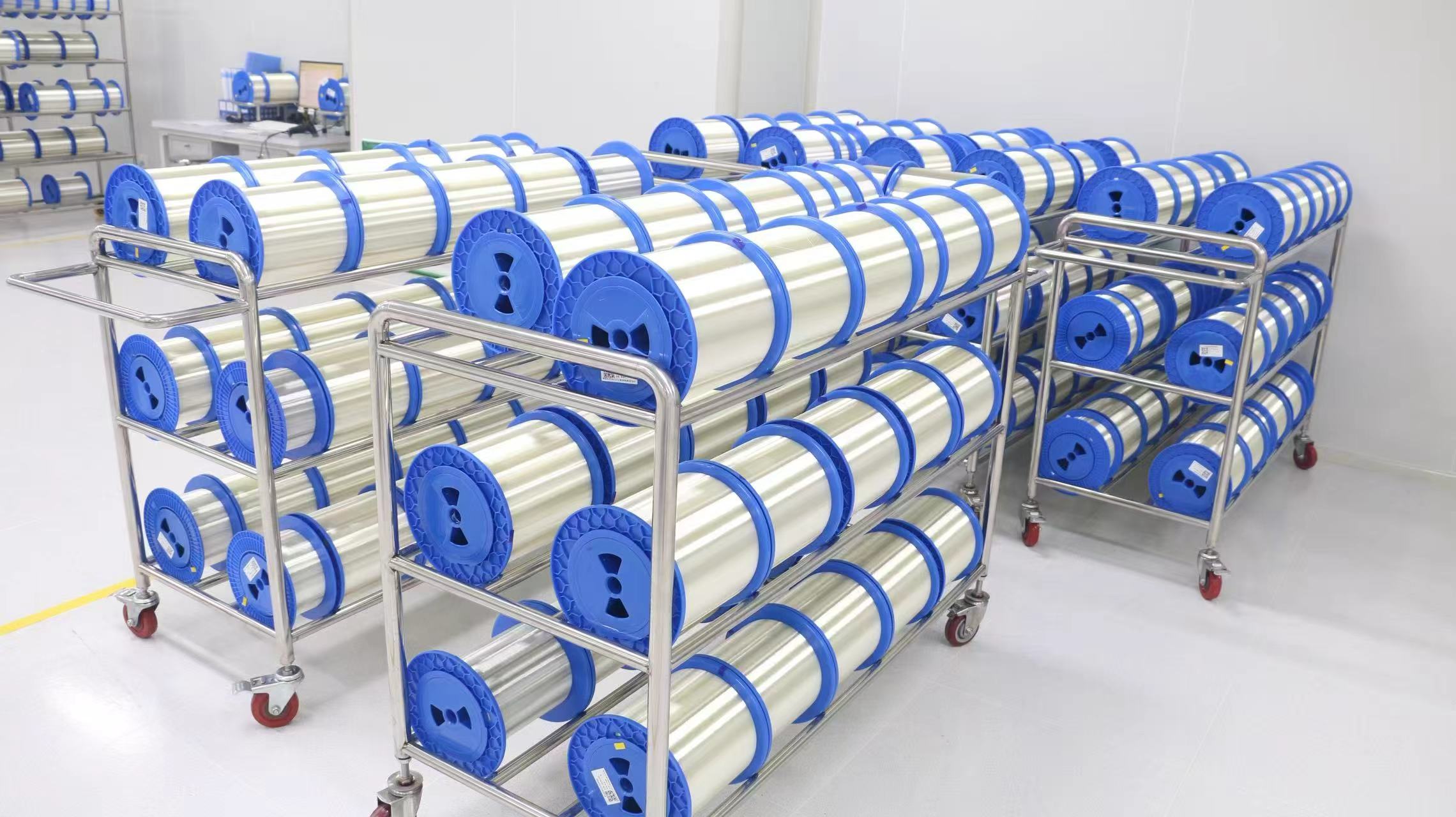
What Are the Environmental Requirements for Fiber Optic Warehouses?
Environmental Requirements for Fiber Optic Warehouses: Ensuring the longevity and optimal performance of fiber optic cables begins long before they are deployed in the field. The environment within a warehouse plays a critical role in preserving the delicate nature of these high-tech components. ...Read more -
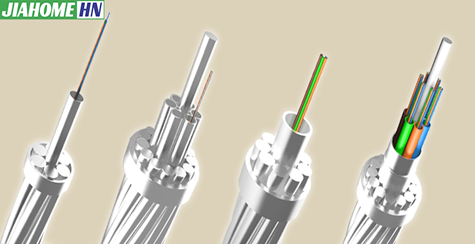
How to Differentiate Coaxial Cable and Optical Fiber Cable?
Differentiating between coaxial and optical fiber cables is straightforward once you know what to look for. The primary distinctions lie in their construction, appearance, and the way they transmit information. In short, coaxial cables use electricity to transmit data through a copper core, while...Read more -
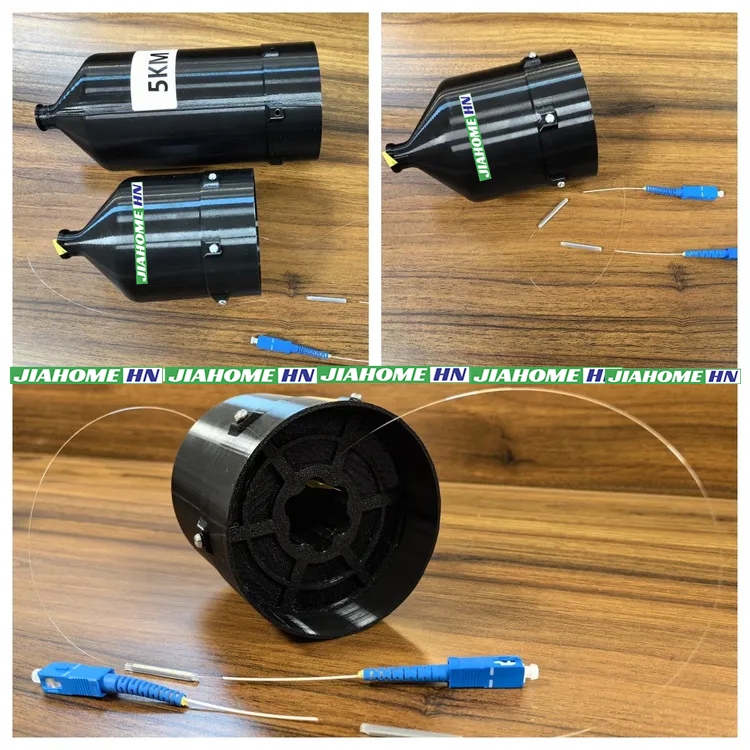
Why G.657.A2 Is Critical for Drone/UAV Fiber Optic Systems?
Why G.657.A2 Fiber Is a Game-Changer for Drone/UAV Systems Drones and UAVs (Unmanned Aerial Vehicles) are increasingly relying on fiber optic communication for high-bandwidth, low-latency, and interference-free data transmission. Among fiber types, G.657.A2 stands out as the optimal choice due to...Read more -

OPGW 12 OPGW 24 OPGW 48 OPGW 72:Protective Ground Wire & Fiber Optic Cable
Optical Ground Wire (OPGW) is a specialized type of cable used in the construction of overhead electric power transmission lines. Its genius lies in its dual-functionality: it serves as both a protective ground wire and a high-capacity fiber optic telecommunications cable. OPGW fiber cable...Read more -
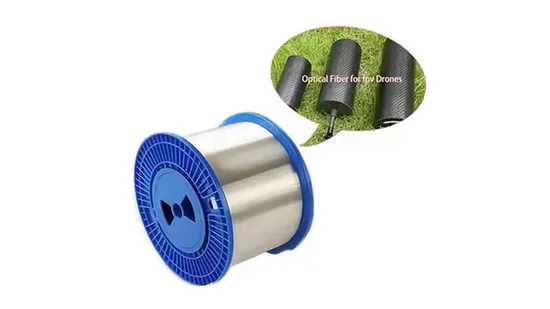
G657A2 0.26mm fiber for FPV Drones
What is a G.657.A2 0.26mm Fiber? The G.657.A2 0.26mm fiber is a specific type of bend-insensitive single-mode optical fiber that has become a critical component in modern telecommunications, particularly for Fiber-to-the-Home (FTTH) and other high-density network applications. Its designation ref...Read more -
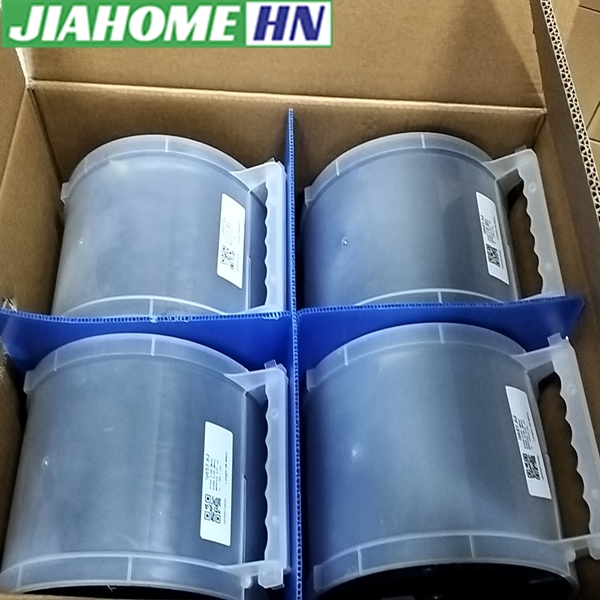
0.25mm 0.27mm G657A2 Fiber and G657A1 Fiber
0.25mm/0.27mm G657A2 fiber refers to a specific type of single-mode optical fiber known for its exceptional bend-insensitivity, with the measurements indicating different layers of the fiber’s construction. This type of fiber is a popular choice for installations in tight spaces, such as i...Read more -
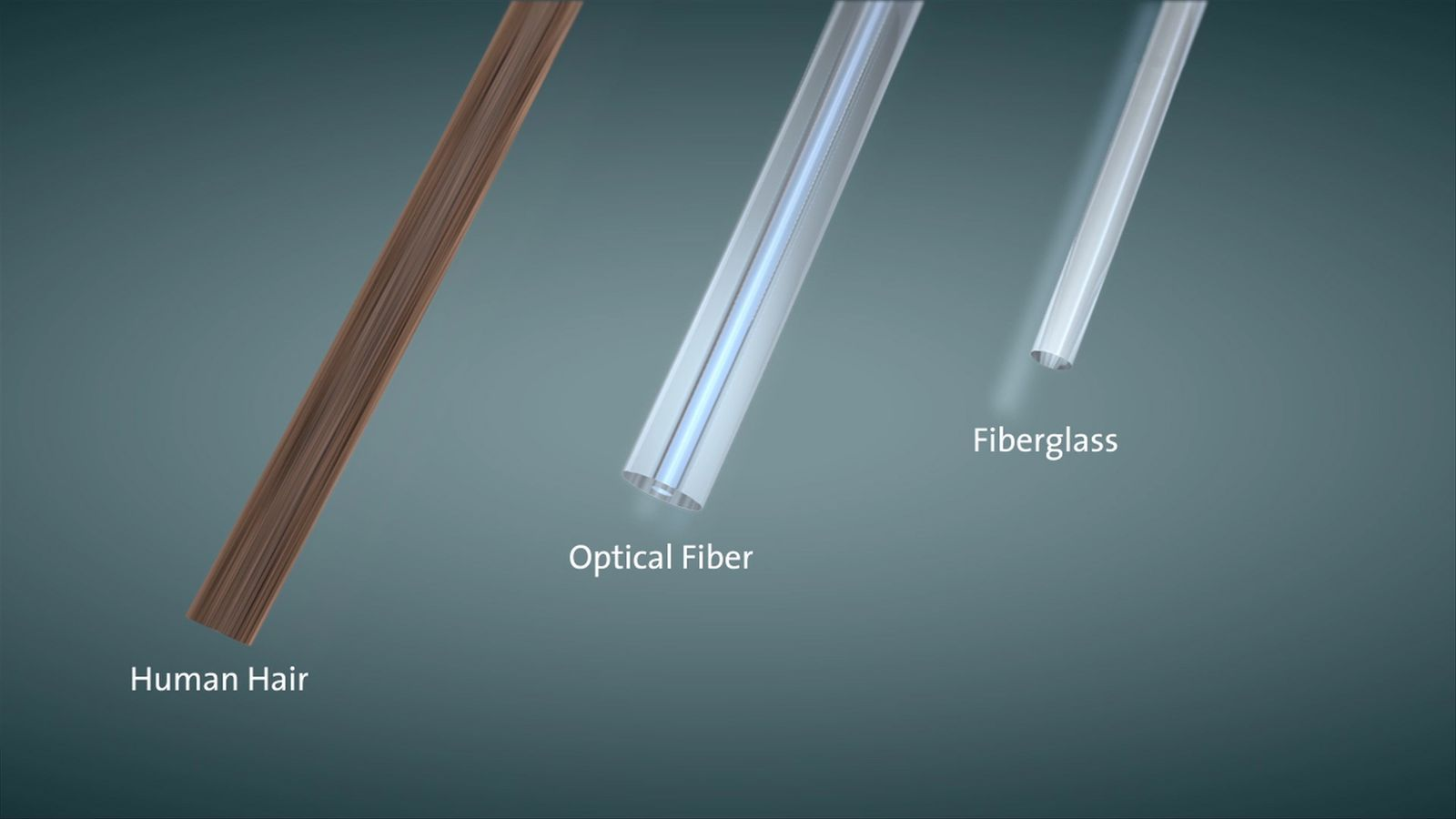
How Optical Fibers Are Made from Silica Glass?
Optical fibers are the backbone of modern communication, enabling high-speed data transfer over long distances. But how are these ultra-pure glass strands manufactured? Here’s a detailed breakdown of the process. How Optical Fibers Are Made from Silica Glass-Hunan Jiahome 1. Raw Material Preparat...Read more -
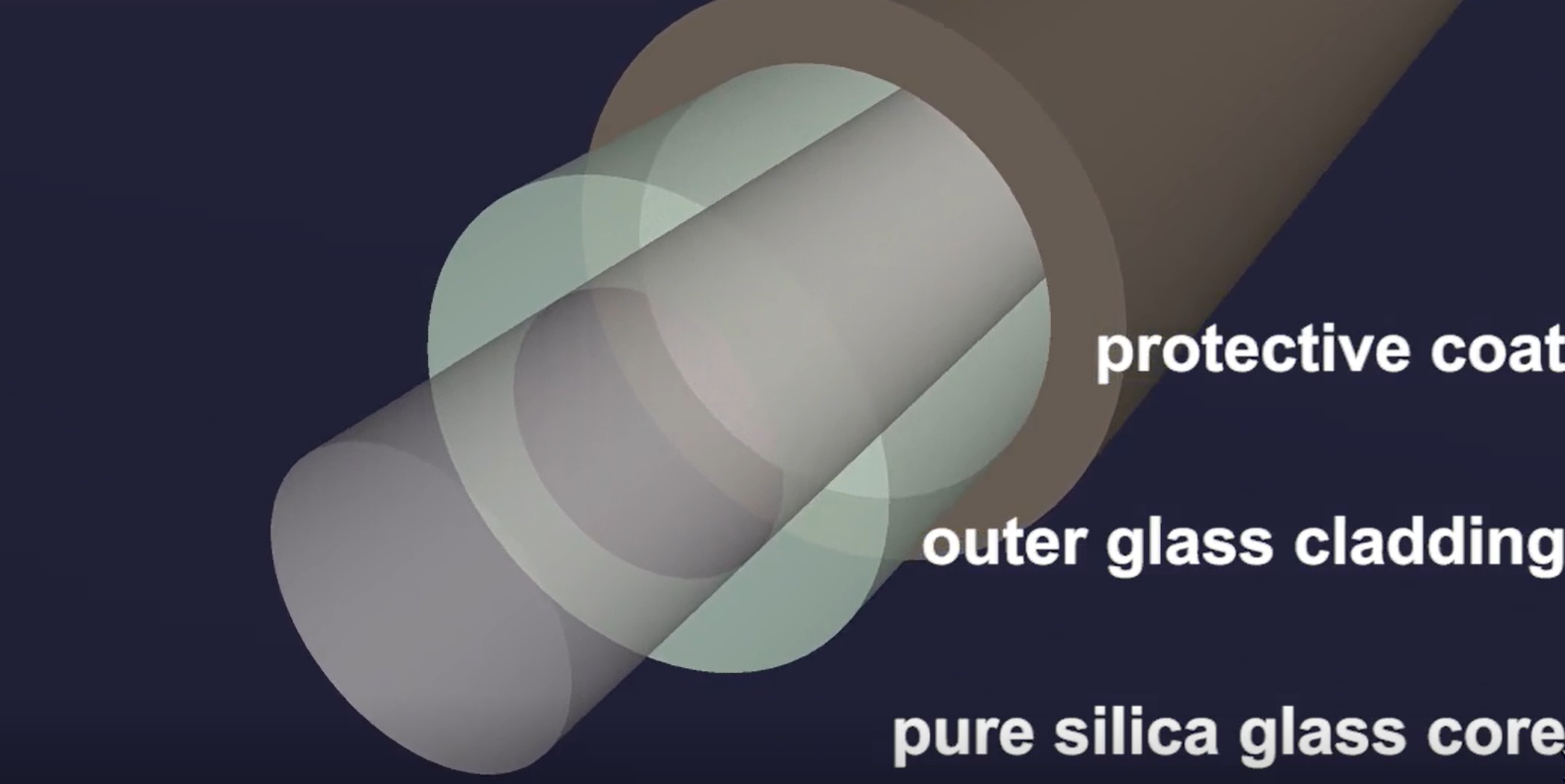
Why Is Silica Glass Used in Fiber Optics?
The Unrivaled Choice: Why Silica Glass Dominates Fiber Optics silica glass used in fiber optic The Fundamental Properties Enabling Light-Speed Communication Fiber optics has revolutionized global communication, enabling the transmission of vast amounts of data at unprecedented speeds. At the hear...Read more -
How OPGW Cables Enhance Grid Reliability in High-Voltage Transmission Systems?
1. What Are OPGW Cables? OPGW cables are hybrid conductors that serve dual functions: Electrical: Act as a shield wire to protect transmission lines from lightning strikes and short circuits. Optical: Contain fiber optic cores (e.g., G.652.D single-mode fibers) for real-time data transmission. ...Read more -
Duct Fiber Cables from Hunan Jiahome-Fiber Optic Cable Solution Supplier
What Is Duct Fiber Optic Cable? Ducts protect fiber optic cables from harsh environments. Duct cables must be rigid enough to withstand external forces yet flexible enough for easy installation into duct systems. This article will help you better understand duct fiber optic cables. Duct cables p...Read more

